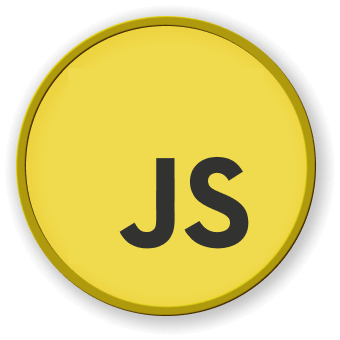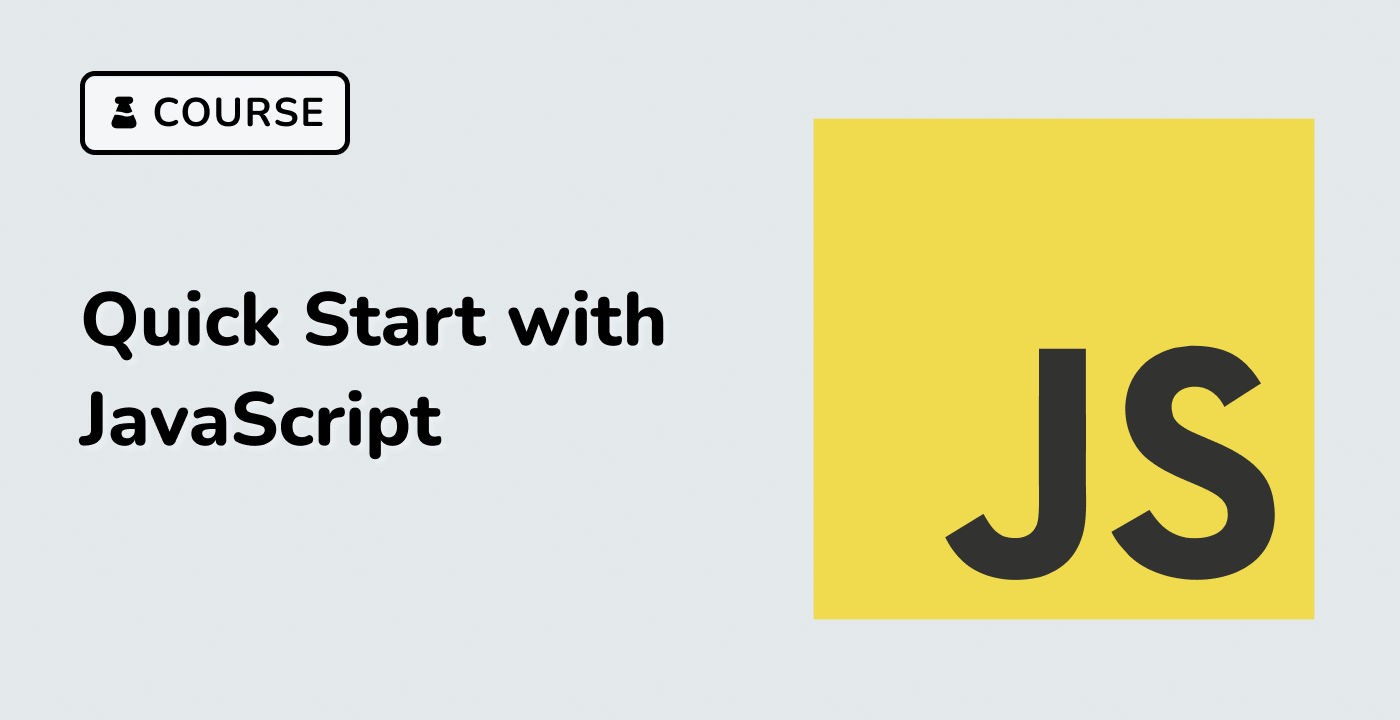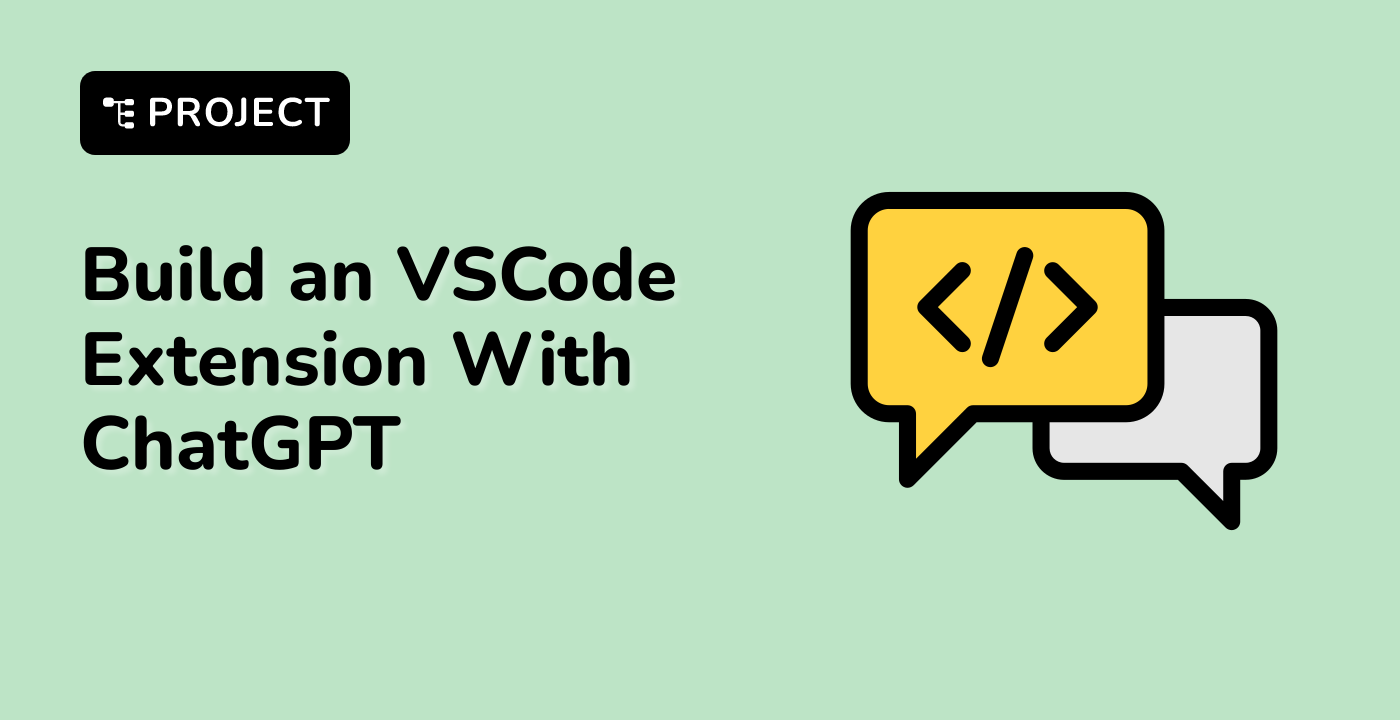K-Means Clustering Algorithm Implementation in JavaScript
To start practicing coding using the k-means clustering algorithm, open the Terminal/SSH and type node. This algorithm groups the given data into k clusters, using the k-means clustering algorithm.
The following steps are used in the implementation:
- Initialize appropriate variables for the cluster
centroids, distances and classes using Array.from() and Array.prototype.slice().
- Repeat the assignment and update steps using a
while loop as long as there are changes in the previous iteration, as indicated by itr.
- Calculate the euclidean distance between each data point and centroid using
Math.hypot(), Object.keys() and Array.prototype.map().
- Find the closest centroid using
Array.prototype.indexOf() and Math.min().
- Calculate the new centroids using
Array.from(), Array.prototype.reduce(), parseFloat() and Number.prototype.toFixed().
const kMeans = (data, k = 1) => {
const centroids = data.slice(0, k);
const distances = Array.from({ length: data.length }, () =>
Array.from({ length: k }, () => 0)
);
const classes = Array.from({ length: data.length }, () => -1);
let itr = true;
while (itr) {
itr = false;
for (let d in data) {
for (let c = 0; c < k; c++) {
distances[d][c] = Math.hypot(
...Object.keys(data[0]).map((key) => data[d][key] - centroids[c][key])
);
}
const m = distances[d].indexOf(Math.min(...distances[d]));
if (classes[d] !== m) itr = true;
classes[d] = m;
}
for (let c = 0; c < k; c++) {
centroids[c] = Array.from({ length: data[0].length }, () => 0);
const size = data.reduce((acc, _, d) => {
if (classes[d] === c) {
acc++;
for (let i in data[0]) centroids[c][i] += data[d][i];
}
return acc;
}, 0);
for (let i in data[0]) {
centroids[c][i] = parseFloat(Number(centroids[c][i] / size).toFixed(2));
}
}
}
return classes;
};
To test the algorithm, call the kMeans() function with a data array and the desired number of clusters k. The function returns an array of class assignments for each data point.
kMeans(
[
[0, 0],
[0, 1],
[1, 3],
[2, 0]
],
2
); // [0, 1, 1, 0]




